Utility operators in the GCC region and elsewhere discuss the roadmap ahead for District Cooling
Returning to the UAE after two years, the International District Cooling Conference – an event organised by the International District Energy Association (IDEA) and hosted by Empower – ran from November 13 to 15, 2016 at the Jumeirah Beach Hotel, in Dubai. Held under the patronage of H.H. Sheikh Ahmed Bin Saeed Al Maktoum, Chairman of the Dubai Supreme Council of Energy and Chairman of the Emirates Airlines Group, the conference, on Day 1, featured a plenary session panel discussion, titled ‘District Cooling in Cities, a Climate Solution’. Excerpts from the discussion, in verbatim format…
Moderator: Rob Thornton, President and CEO, IDEA
Panellists:
Yasser Al-Jaidah, CEO, Qatar Cool
Ahmad Bin Shafar, CEO, Empower
Anwar Hassan, Vice President Field Sales & Operations, Johnson Controls
Jim Lodge, Vice President, NRG Energy
Adib Moubadder, CEO, Emicool
Juan Ontiveros, Assistant Vice President, Utilities, Energy & Facilities, University of Texas Austin
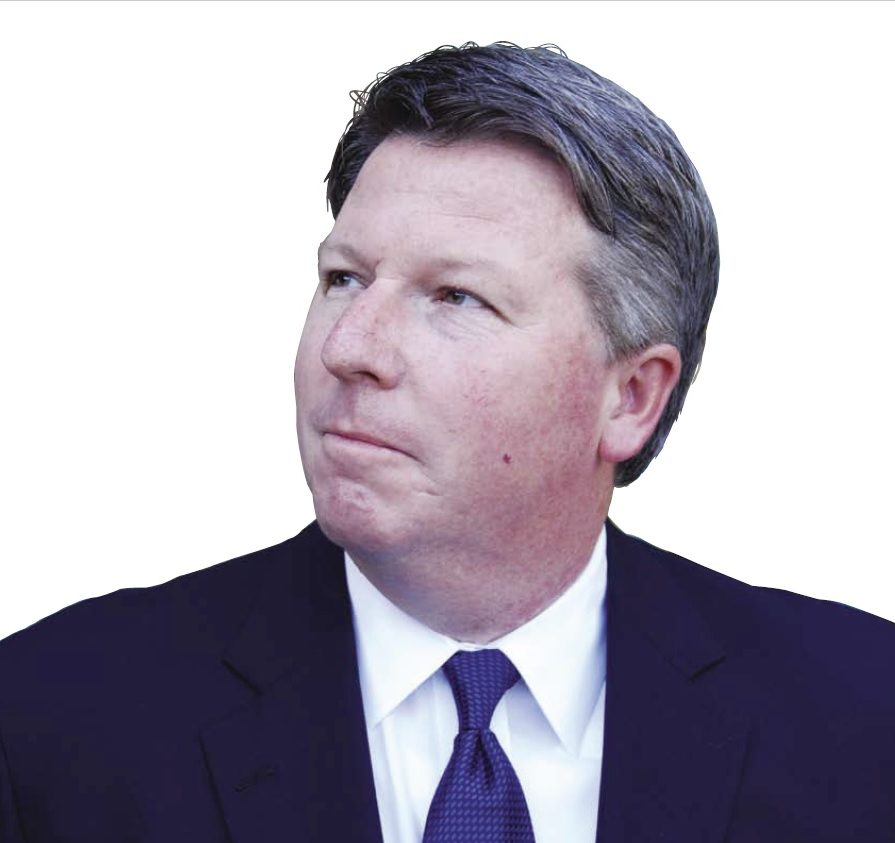
Rob Thornton
Rob Thornton: District Cooling is relatively new in the Middle East. Really 10 years, compared to the United States, where it started in 1962. How have you accelerated the growth? What’s the secret to your operations, and where is the future for District Cooling in the Gulf region?
Ahmad Bin Shafar: District Cooling in Dubai has become a lifestyle. People strongly believe in it and have started using it. Yes, there were challenges in the beginning, in terms of adaptability, but years of experience and use, and of seeing benefits and its impact on the climate, and with the understanding of the government and its help through legislation, the concept of District Cooling has grown not only in Dubai but also in the whole UAE.
We work closely with master developers like Emaar and Nakheel to bring the savings. We are trying to educate people to set the temperature at 24 degrees C and saying it won’t come immediately. Education is really important. The government strongly believes in District Cooling as one of the main green pillars, and has linked it to the Dubai Integrated Energy Strategy [2030]. And developers themselves believe it is one of the key pillars. Dubai has developed 30% of District Cooling, and we have 70% to go. It might take time to cover the whole of Dubai.

Yasser Salah Al-Jaidah
Yasser Al-Jaidah: District Cooling was discovered by chance instead of choice. Power service providers found that they were utilising less power than they should have, and they discovered the value of District Cooling. In Qatar, it is maybe a bit different, because we are a private entity. So we are finding some bottlenecks in convincing them to go for an integrated system. Their concern is not energy but water supply. So we need to engage with the government itself and try to explain that the benefit we bring is not necessarily for the environment per se but the government as a whole.
Our dealing with developers is a different discussion. And developers are pushing the cost back to the owners, which is pretty much the case throughout the world, and that’s where we find ourselves in Qatar.
Thornton: One of the things you said was support of the government, and in Dubai, the Dubai Supreme Council of Energy looks at District Cooling as a pillar. Anwar, in Saudi Arabia, is the government recognising the value of District Cooling?
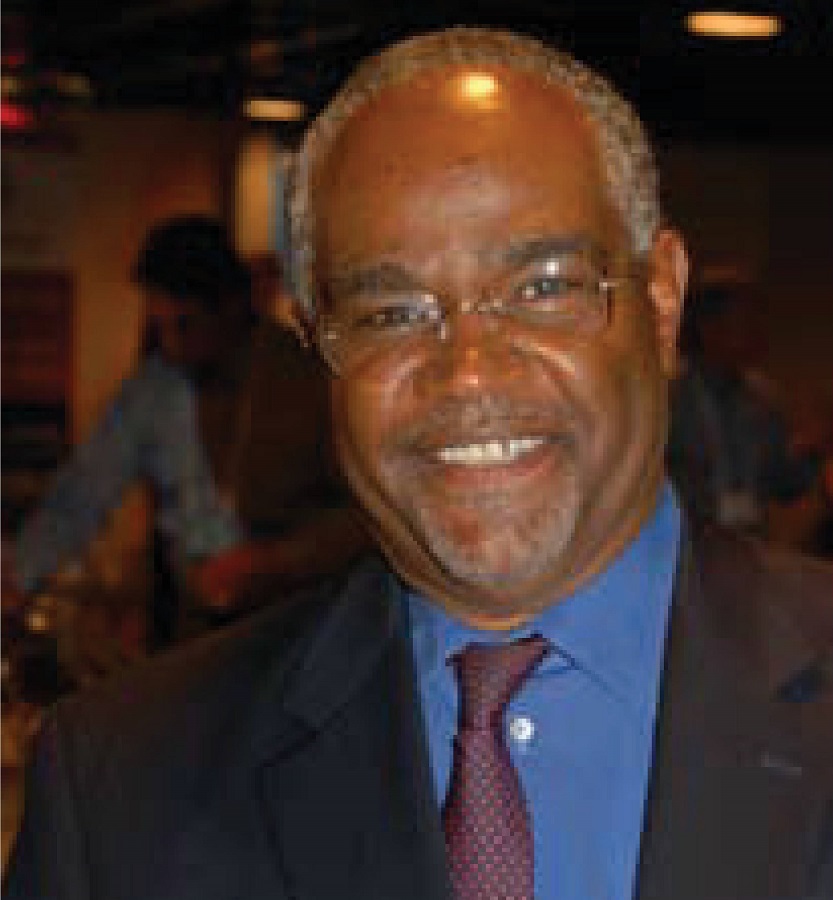 Anwar Hassan: There is an important aspect to District Cooling, which is that it is a utility. A collaboration between government, as regulator, and private companies that invest in District Cooling is essential for the growth of a healthy utility. When you set up a utility, the individual users are locked in, so there is room for tension between the parties, and so the government has a role to play in facilitating [the system]. It starts by inducing people, by providing infrastructure that benefit the environment. This has to be done by the government and not by individual companies.
Anwar Hassan: There is an important aspect to District Cooling, which is that it is a utility. A collaboration between government, as regulator, and private companies that invest in District Cooling is essential for the growth of a healthy utility. When you set up a utility, the individual users are locked in, so there is room for tension between the parties, and so the government has a role to play in facilitating [the system]. It starts by inducing people, by providing infrastructure that benefit the environment. This has to be done by the government and not by individual companies.
The government can also help by playing a role in financing District Cooling. Since utilities are heavy in upfront investment and are great generators of cash, the government can play a role in easing the tension. If they don’t earn the right to set rates and make them fair, a lot of problems can come up later. Balance is important. In Saudi Arabia, we are pleased with the recent royal decree that has mandated District Cooling for all projects above 15,000 TR. So this is going to put the government in a strong position in spreading District Cooling. We have yet to see the kind of support the private industry requires.
Thornton: In the United States, we have a different paradigm. We don’t really have government support, though mayors do offer support; but the federal government has not been a major supporter.
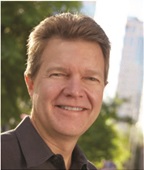
Jim Lodge; image courtest: IDEA
Jim Lodge: You mentioned local support – that is important. The flexibility of developers, who want to engage with you up front is what really drives District Cooling. The other thing is, we do have some regulated and some deregulated systems. We don’t have mandates. I wish we had mandates. We are going through our first cycle of renovation of District Cooling systems. We are changing systems that are 50 years old. We are trying to make sure those economics work with new technologies. Too often we jump into doing spreadsheets and go into economics instead of understanding what the value of District Cooling is. When I see the beautiful buildings in Dubai, you don’t want cooling towers [in them]. I have found that all the numbers start moving towards District Cooling.
Thornton: Adib, you have been gathering data and conducting empirical research. How do you move the market for District Cooling?
Adib Moubadder: Ahmad has shifted the paradigm to move to over one million TR. In the United States or Canada, it is an imaginary number.
The competition – as well as the support of RSB (Dubai) and DIES, which talks of minimising energy consumption – has created a balance in the market. I call it a golden triangle: service provider, developer and customer. [As Emicool], we will soon be moving to half a million TR. The competition has created a positive impact. Dubai will host Expo 2020, and will hold 100% more capacity than global capacity. The other emirates have started the concept of District Cooling because of its success in Dubai and Abu Dhabi. So the service provider has to escalate the innovative ideas, and use District Cooling for hotels and schools and commercial and residential. In the United States, we see District Cooling in universities. In Dubai, the driver is real estate development.
Customers are saying I am not seeing the level of savings. So we are working hand in hand to make the savings tangible. So, to leverage on knowhow is important. The mandate of the government to have a certain threshold is important. To say that any development beyond a certain capacity should have District Cooling is very good. In Saudi Arabia, they are finding it difficult with mandates, but in Dubai we see it working. I am looking forward to having DEWA study the rates in the future.
Al-Jaidah: It is important that the government classifies District Cooling as a utility. Currently it is not. Once done, it can be integrated in the initial planning of districts. So this is one of the biggest issues. The other thing is non-economic pricing. The low tariffs in electricity create a lot of distortions. There has been pressure to remove the low tariffs to give incentive for District Cooling.
Thornton: Contrary to what you might think, at our universities, they still compete for customers. The schools determine their service provider. Juan, you are unique. You oversee the golden triangle: production, distribution and customer responsibility. I want to get into the water-energy nexus. Energy and water are critical.
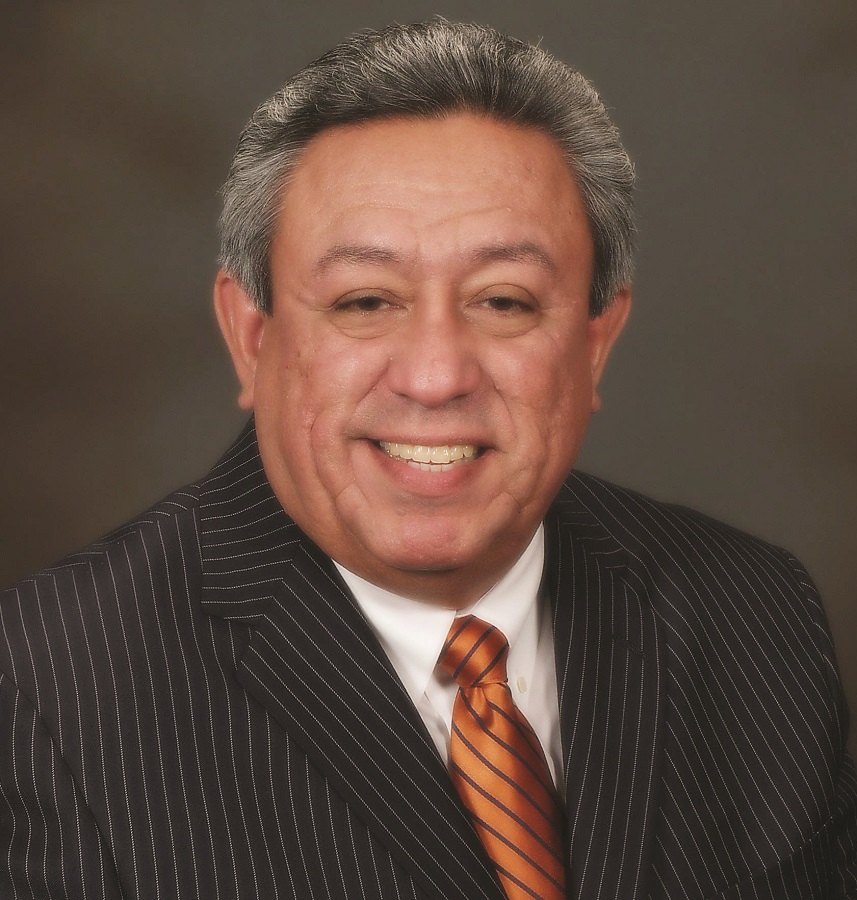
Juan Ontiveros. Photo courtesy: University of
Texas, Austin
Juan Ontiveros: We are commissioning two million users on campus. We have to deal with current economics and how to maintain those economics… there is real pressure to build less expensive buildings. We produce all the electricity, water and District Cooling. We purchase the water. There is pressure on water. So there is this strong culture, and the pressure I have is that I don’t make a profit. The real pressure is to meet all the energy goals and to do so in a way that doesn’t increase electricity costs. I have actually managed positive cash flow – more savings than debt over the life of the projects. I have a talented workforce. We design our plants, we construct and we operate. I have 1,000 employees, and the real challenge is to keep all the employees motivated.
Thornton: How do you, as leaders of your organisations, drive the engagement of your people to make them search ways to reduce costs to reduce liability?
Bin Shafar: We started with the first plantroom, 64,000 TR, in JBR [Jumeirah Beach Residence in Dubai]. That plantroom was challenging in terms of passing the services to the end-users, of serving 6,000 apartments with sub-meters. Then, we went into R&D to save water, and we used TSE. The government later came up with a mandate to use TSE. So the plantroom that was built in 2004 is completely different from the one built in 2014. We upgraded the plantroom over 10 years. In the United States, District Cooling is run by the private sector. They are much more advanced than us, because every single dollar you save will reflect on the P&L. So, we are using the latest technologies for the development of chillers. We strongly believe in R&D, in developing our O&M team to grow the industry. We don’t believe on stagnation. We believe in increasing sustainability. Under the leadership of H.H. Sheikh Mohammad, we are pushed to give more optimised systems.
Thornton: What is the role of the Association? How can we help each other from what Juan has done or what Anwar has done in Princess Noura University in Saudi Arabia? How can we learn? What is the challenge looking ahead?
Hassan: We are providers of solutions and options. One cannot be the sole provider for a project from A to Z. Our role is to respond to the consultant when he has a particular set of constraints, provide him a variety of options and explain the performance and future flexibility. The mandate in Princess Noura was that within two years the university campus has to be functional in a location where there is no access to water. We delivered that in time and delivered the best air-cooled solutions technology, because we realised that water could be available 5-10 years later. We did not configure the machines to make them the cheapest. We did it in such a manner that they are readily convertible to water-cooled solutions, as and when water is available, because it’s a 30- to 40-year cycle. That continuous improvement and opening up of the horizon is essential.
Thornton: We need to take progress and deploy assets when we can, where we can, yes?
Hassan: We should respond to the constraints of the time. We cannot be fanatic. What can be achieved at a particular frame of time, we should support that and be responsive to that.
Al-Jaidah: It is up to equipment providers to bring them to a certain competency level. This is something of an initiative that we are trying to execute with one of our main providers. We are trying to come up with solutions not necessarily for the equipment but to save a bit for the system as a whole. That is bringing up the competency of our guys to talk to manufacturers.
Thornton: Do people need to be fairly literate on the controls side?
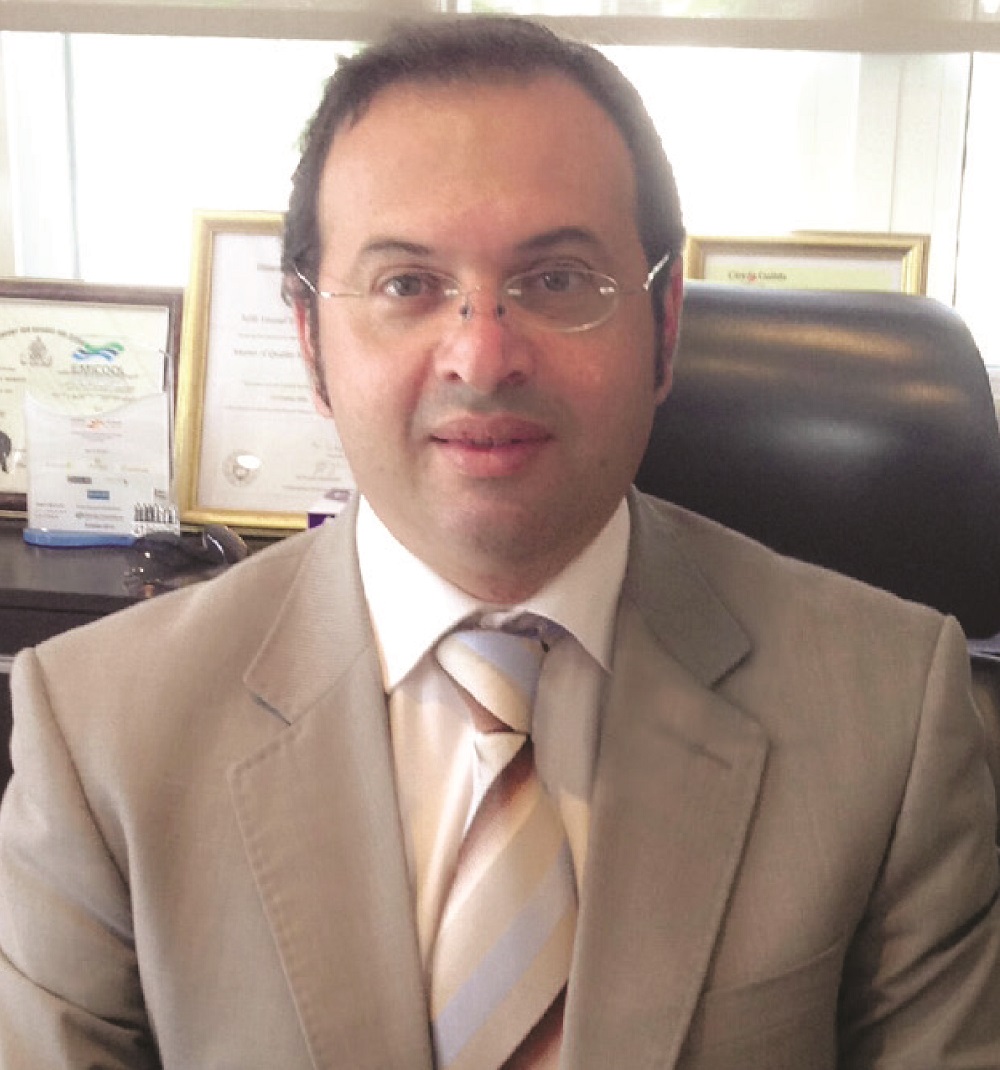
Adib Moubadder
Moubadder: We should talk about IT. Today, any organisation that doesn’t have a proper information strategy cascading down to the blue collar worker cannot hope to optimise its processes. In District Cooling, IT is integrated through the metering system and the full implementation of controls and SCADA. So all that is interfaced with ERP systems to operate the database of customers. We have data from 2002, and we are providing data to the government to show that the cost per square foot of District Cooling is going down. We are heading in [the direction of] R&D to ensure District Cooling is strong. We have to be proactive to give the right model to the customer, who is investing in capex and opex. So IT is important. Without proper ERP that has been cascaded down, you cannot control the operation. And how to convince the labour to utilise this, to make it environmentally friendly, and for persons who have limited amount of knowledge in a certain aspect, are important aspects for consideration. We need to improve this. Manufacturers like Trane and JCI are all working to improve the database and the SCADA systems of their units.
Thornton: We need partnership with all equipment providers, yes?
Member of the audience: Ahmad, what have you done to capture the imagination of people to bring over 1.2mn TR online? Water is a scarce capacity everywhere. What have you done to capture the imagination of people of what’s possible with District Cooling?
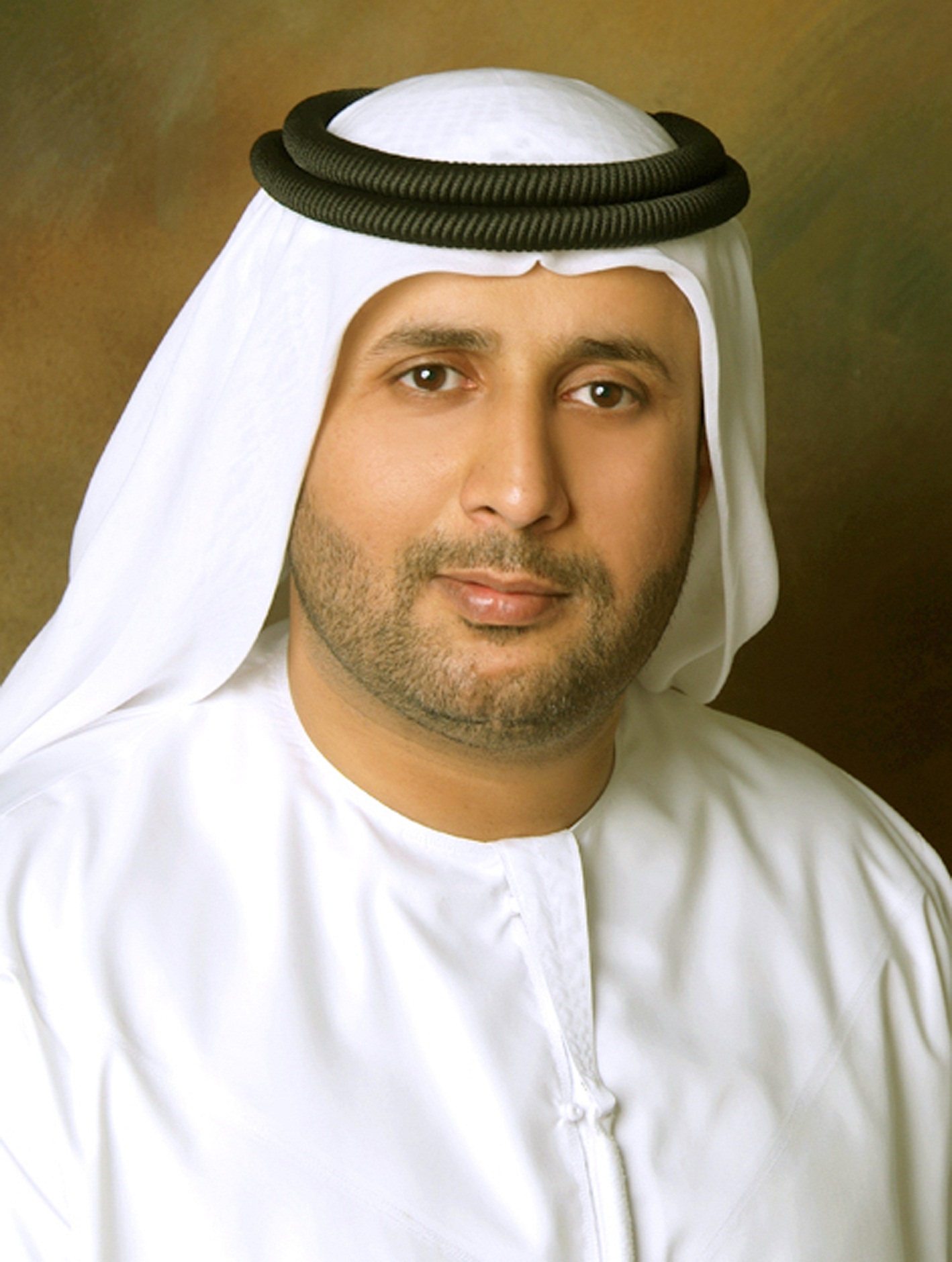
Ahmad Bin Shafar
Bin Shafar: We don’t dream. We have passed the dream stages. The challenge with water is in the whole Arabian Peninsula. We try to bring efficiency in water and energy – the two pillars for running a District Cooling plantroom, which we can reflect in the P&L. We are still working on IT and R&D. We never stop. When we first went into RO plants, we first went to Singapore to check the quality of water, the smell. We asked ourselves, “Can we do likewise in major projects in Dubai?” Our board members said, “We want zero percentage of failure.” But thanks God, we had a happy conclusion.
Thornton: Leaps and bounds. When I started in District Cooling in 1987, there was one data point. Today, I can start my boiler in Rhode Island with my phone. Let’s look ahead 10 years or maybe longer: How will District Cooling really deliver in the case of environmental and economic challenges? What will be the climate solution? We have seven billion people on the planet, and many live in cities. Looking ahead, 10 or 20 years, what does the District Cooling industry need to do between now and then?
Moubadder: In 2014, we launched a concept of zero rejection of water, not to lose a drop of water, so we worked with RO stage 1, RO stage 2, and we ended up with saline water and we did purification systems. And in the desert, we put water where the grass loves it. So all our capacity is linked with TES, because we are preparing ourselves for the future era of the next 10 years.
I think penetration for District Cooling will be moving to another era in the UAE. Today, we have 22% penetration in Dubai. I think we will reach a point of 65-70% of District Cooling, because there is a movement to move from traditional systems to District Cooling. We are supporting the initiative of any building owner. In 10 years, the GCC region will be booming, because it is real-estate driven, and you need to reduce the cost of operation.
The cost of District Cooling in Dubai is cheaper, and it is beyond the fact that there are many elements related to tariffs and electricity costs. So we need to stop burning oil to generate energy for running our air conditioning systems. I think that within 10 years, there will be a higher penetration of District Cooling, more sustainability, and we will escalate the learning curve of District Cooling providers to allow the government to achieve the energy strategy.
Thornton: Do you see Dubai as the Copenhagen of District Cooling? In Copenhagen, 99% of buildings are on District Energy.
Saudi Tabreed O&M director (as a member of the audience): No doubt there is a successful story with District Cooling in the buildings sector, but there are opportunities in the petrochemical plants and desalination plants, as well. Have you explored the opportunities for utilising this successful story in the commercial sector, to have the same transferred to the petrochemical and desalination sectors? There is a lot of cooling systems being used in power plants and turbines and desalination plants. Why not merge the successful story of District Cooling to accommodate these sectors, as well?
Ontiveros: There are 70,000 people in the university campus [at UT Austin]. One of the keys to success is to think more holistically. Steam production, etc., you cannot operate separately. We need a holistic approach to the environment. If you don’t do that, it is going to mean more challenges than we currently have. In our case, it is a matter of balancing our system.
Hassan: The question by Saudi Tabreed, and what you are talking about, is that if we have total energy systems, then we are optimised, because you reject heat at one level and use it at another level. But what is the missing ingredient? We operate in buckets. That is why I say there is a role for regulators. And the regulation is not only for revenue purposes or taxes but also for someone who straightens the discrepancy, which forces us to make wrong calculations. If you subsidise power to such an extent, it is no longer viable to do the right thing. If you make ways for heat rejection to be available to us, there are many other options. In Jubail, since the late 1970, central sea water intake systems are available to factories, so they can reject heat. Why not use this across the Gulf, where there is a concentration of population across the coast? That will take you to total energy savings.
[The writer is the Editor of Climate Control Middle East.]
Copyright © 2006-2025 - CPI Industry. All rights reserved.